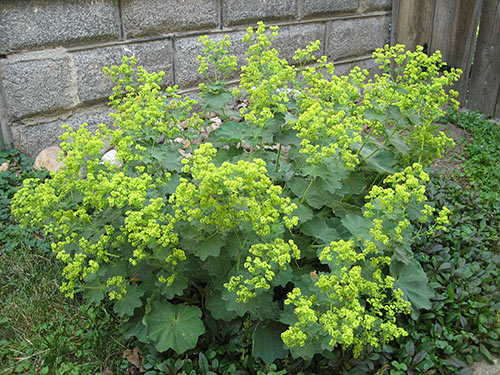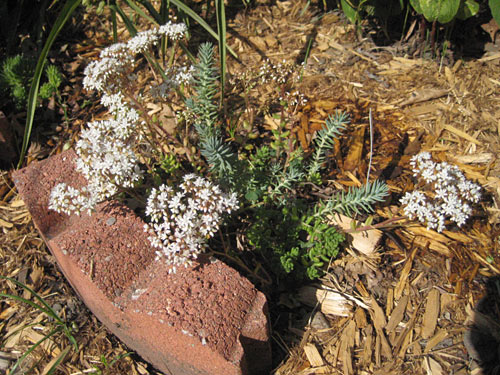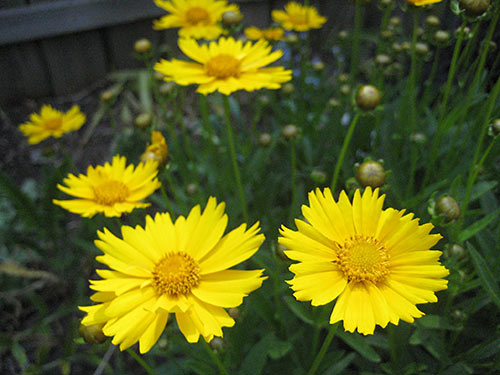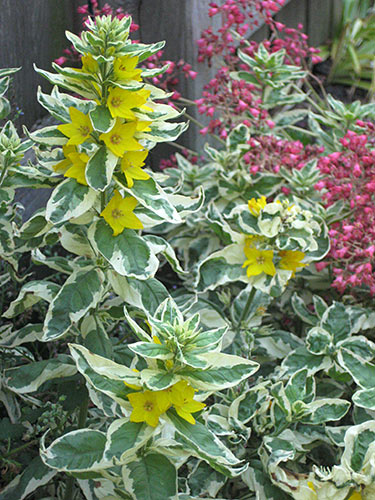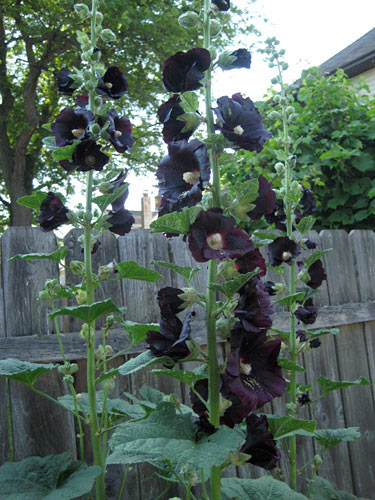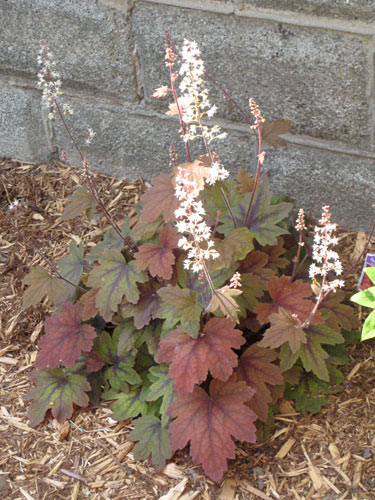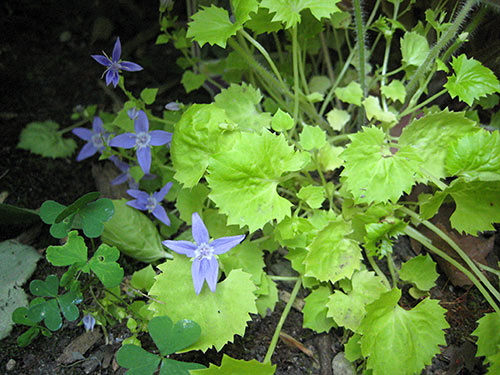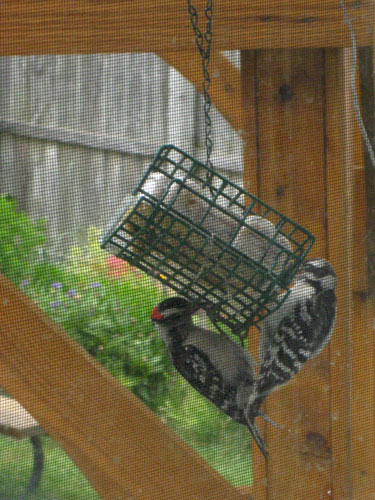There was an email awaiting me today from a friend whom knows I am quite bonkers about gardening. Her exact email was: “Purslane? Go.” It had been popping up in her planter boxes and she wanted to know a bit more about the plant.
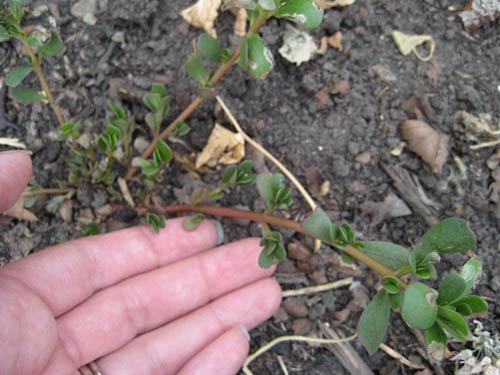 Purslane (Portulaca oleracea) is a succulent introduced to the U.S. from Persia. It is also referred to as Pusley, Hogweed, Pigweed, and Verdolaga. The plant has red stems with fleshy leaves at the ends. It grows in a low mat in bare, often drier soil areas. Yellow flowers bloom from Midsummer to early Fall.
Purslane (Portulaca oleracea) is a succulent introduced to the U.S. from Persia. It is also referred to as Pusley, Hogweed, Pigweed, and Verdolaga. The plant has red stems with fleshy leaves at the ends. It grows in a low mat in bare, often drier soil areas. Yellow flowers bloom from Midsummer to early Fall.
My Other Half and I are frequently pulling this drought-tolerant plant from the raised veggie beds. It also likes to grow up from between the sidewalk cracks and patio blocks on the Lot. Purslane doesn’t have a hefty root structure so it is quite easy to remove. So why is it so freakin’ annoying? Apparently it does not take much of this plant left behind in the soil to begin the growth of a whole new plant. It is an annual in our Zone and, of course, self-seeds like crazy. Thank goodness purslane is edible.
As I was reading up on Purslane, I found this great site titled Eat the Invaders with the tagline of “Fighting invasive species, one bite at a time.” On the site there are several different recipes for Purslane. Another yummy recipe for Purslane can be found on The Sprout Diaries.
